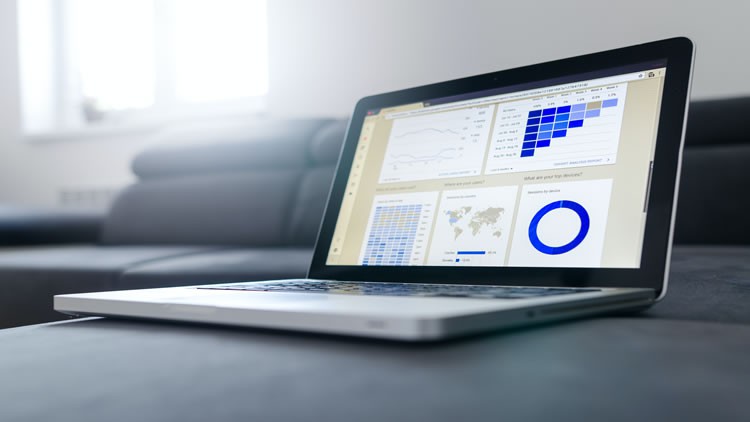Data Manipulation With Dplyr in R

Why take this course?
📘 Course Overview:
🎉 Data Manipulation With Dplyr in R - A Straightforward Tutorial in Data Wrangling with one of the most powerful R packages - dplyr! 🚀
Why Learn dplyr?
Data manipulation is the bedrock of data analysis, and as a data analyst, you'll spend a significant portion of your time preparing or processing data. The dplyr package in R is designed to streamline this process, offering a suite of tools that make data preparation more efficient, faster, and easier to understand.
🌟 Key Advantages of Using dplyr:
- Performance: dplyr operates at least 25-30 times faster than base R operations.
- Readability: Its syntax is clear and concise, making it a breeze to write and understand.
- Chaining: This feature allows you to perform multiple tasks in a single sequence of commands, enhancing both speed and readability.
Given these advantages, it's no wonder dplyr has become the preferred choice among R data scientists for data manipulation tasks.
What You Will Learn:
This course is designed to be succinct yet comprehensive, focusing on the most essential commands and functions within dplyr that you will use frequently in your work. Here's a sneak peek at what you'll learn:
-
Core Commands of dplyr:
filter: Subset data frames based on criteria.select: Choose specific variables for analysis.mutate: Compute new variables or modify existing ones.arrange: Sort your data frames.summarise: Calculate summary statistics.
With examples like filtering male subjects with an income above $30,000, computing income per family member, removing unnecessary variables, sorting employees by salary, and averaging customer satisfaction, you'll see how versatile these commands are in real-life scenarios.
-
Additional dplyr Commands and Functions:
- Count observations within groups.
- Extract random samples from data frames.
- Retrieve top entries based on variables.
- Visualize data set structures.
- Perform set operations with enhanced capabilities.
-
Chaining: Learn how to perform multiple tasks in a single command, saving you time and effort.
-
Joining Data Frames: Master the five join types available in dplyr:
inner_join,semi_join,left_join,anti_join, andfull_join. Understand the output of each through clear examples. -
Combining dplyr with ggplot2: Harness the full power of R by combining data manipulation with visualization, creating compelling charts and graphs for your analyses.
Learning Experience:
Each command is demonstrated with video, ensuring you understand both the syntax and the resulting output. The course culminates in a series of practical exercises designed to reinforce what you've learned and allow you to apply your new skills to real-world data sets.
🚀 Take Action Now! 📚
Join this course today to master data manipulation with dplyr, an essential skill for any data analyst. With hands-on video tutorials, practical exercises, and a focus on the most commonly used commands, you'll be well-equipped to handle your data preparation needs with confidence and efficiency! 🎓
Enroll now and elevate your data analysis skills to the next level with dplyr in R!
Course Gallery




Loading charts...